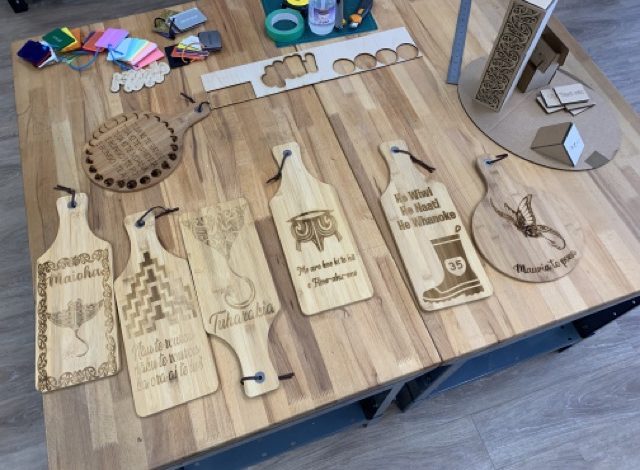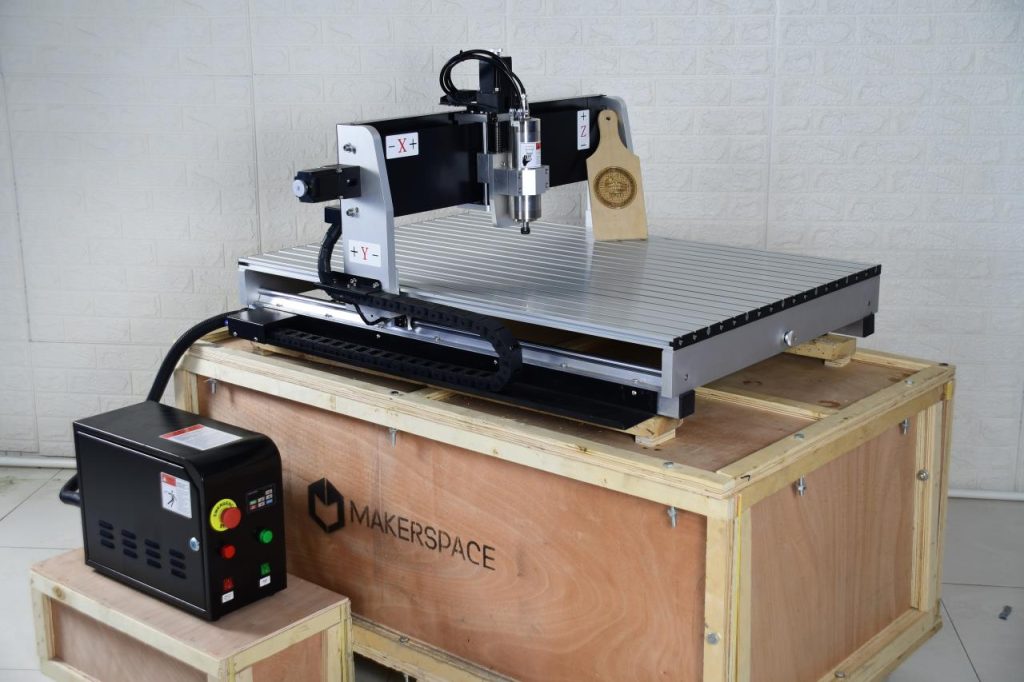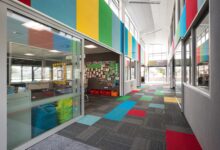Building futures: CNC routers and laser cutters
At the intersection of art and science, find out how these machines can be used for creative expression and a scientific method of learning.

As technology advances, so does the nature of the job market and the skills that rangatahi need to learn – why not set them up with an education in the manufacturing tools of the future?
The woodwork shops of the 21st century, and metal-working and other hands-on subjects in schools, look significantly different than they did even a few decades ago. With technology becoming more accessible, available and user-friendly, machines that were once regulated to specific and specialised manufacturing purposes are now becoming more multi-use and ubiquitous.
Read the Term 3 edition of School News HERE
Both laser cutters and CNC routers are cutting tools that can take the place of many machines used in a typical technology class. Computer controlled, they can work with various materials including wood, composite materials, metal, acrylic, glass and foam.
CNC routers can also be used to make intricate carvings, and laser cutters can be used for engraving metal, plastic and wood. Laser cutters are highly accurate, though there are limitations on the thickness of material that can be used with one. In the modern classroom, both laser cutters and CNC routers are common and can be used to teach across any number of subjects. The type of cutter – router or laser – will depend largely on the uses your school intends.
CNC routers and laser cutters lie at the intersection of art and science, and can be utilised for both creative expression and a more scientific method of learning, which makes them perfect for STEAM subjects. Any project that is realised with the CNC router or laser cutter will involve design principles, which means accurate measurement and computer skills as well as application of social science and arts concepts. For example, students making jewellery will have to consider materials and dimensions, as well as the more abstract concept of jewellery design – who is it for, and what does it represent?
Both CNC routers and laser cutters run on computer programmes, which means that older ākonga who learn the programmes required for their use are learning digital competencies too. But even for younger ākonga, who may run their design through a teacher who inputs the relevant codes, CNC routers and laser cutters are creating an opportunity for hands-on, kinaesthetic learning. There’s nothing more satisfying than holding a product you made with your own hands.

CNC routers and laser cutters are very safe methods of manufacturing due to their computerised, hands-off nature. Each model of CNC router and laser cutter will, of course, come with its own safety guidelines, and teachers may wish to consider their school’s health and safety policies.
Marcus Lund from Makerspace NZ said laser cutters and CNC routers are machines for creation. “Projects involving laser cutters/engravers could be as simple as a paper silhouette or basic wooden or acrylic key ring, through to complex mechanical devices. We’ve seen student created work from basic recycled timber earrings to stunning table lamps to architectural models of buildings.
“CNC routers enable the third dimension in subtractive digital cutting when compared with 2D technologies like laser cutting. Conventional three axis CNC routers are able to create simple 2D items, 2.5D models such as topographic relief models and full 3D pieces by slicing the project into component pieces for final assembly into a three-dimensional creation.”
Mr Lund said digital fabrication technologies are an essential tool in classroom technology, as they incorporate learning across multiple curriculum strands including concept design sketches, digital design, prototype creation, design testing and adjustment, model creation, assembly and finishing.
“We have even heard of maths and physics standards being achieved via a laser cutter!” he said.
“Educators should have a good understanding of the risks associated with the equipment and how to mitigate these risks. CNC routers are not typically located in student accessible areas, to eliminate the risk of harm to students. Laser cutter access, while the laser is in operation, would typically be restricted to only students wearing laser safety glasses within one metre of the laser cutter for example. Suppliers can provide full safety information for the machines they supply – this is one of many reasons that it is not recommended for schools to purchase equipment directly from overseas manufacturers.”









